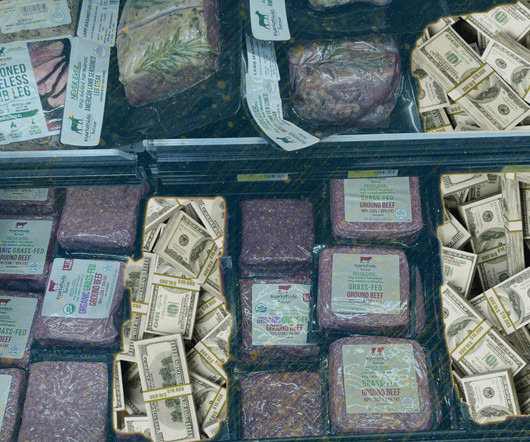Changing How We Farm Might Protect Wild Mammals—and Fight Climate Change
Civil Eats
MAY 6, 2024
They disperse seeds, pollinate, and transfer nutrients across landscapes, supporting healthy plant populations, and they alter their environments in ways that enhance biodiversity. For instance, mountain lions, deer, coyotes, foxes, and bobcats can die by ingesting bait meant for pests or by eating pesticide-contaminated prey.











Let's personalize your content